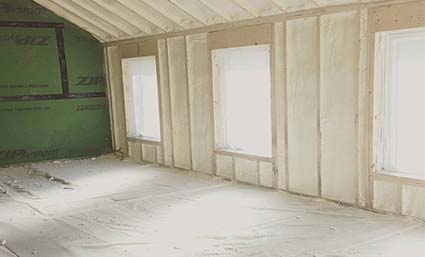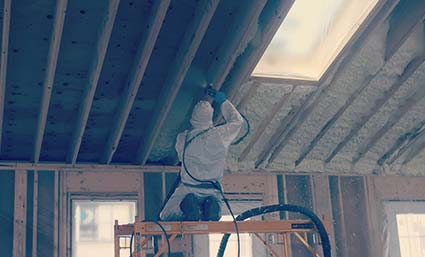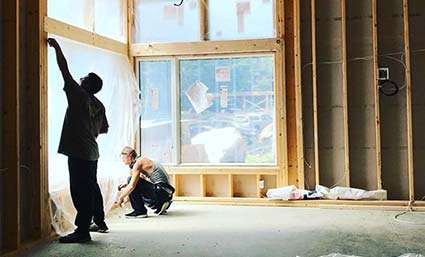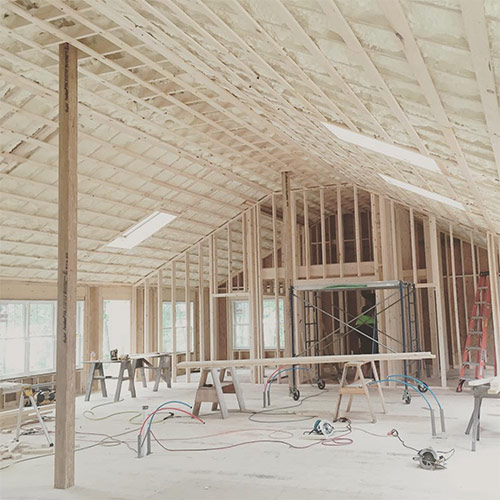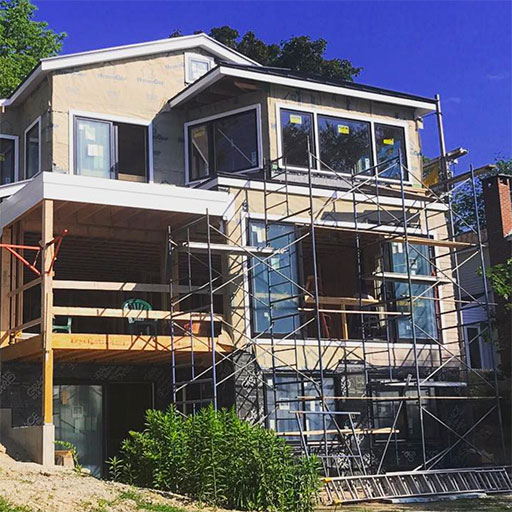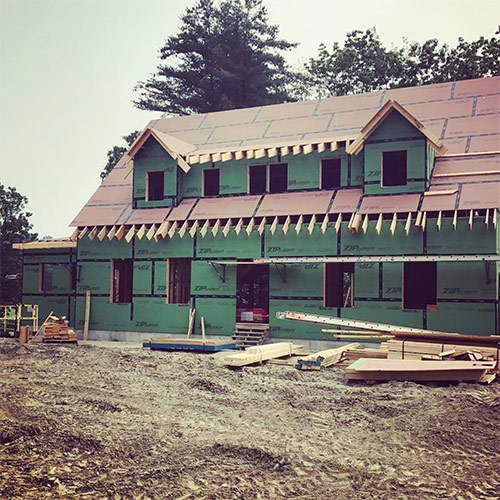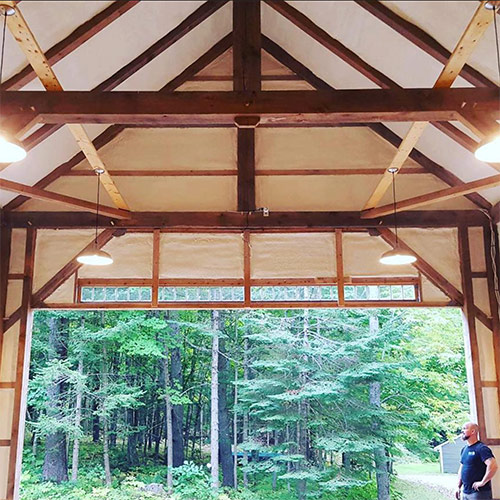We all know how our beautiful state of Maine can get quite chilly in the winter months. If you’re living in an older home, you might be feeling that chill more than others.
That’s where proper insulation comes into play. Insulation isn’t just about keeping your home warm; it’s also about improving energy efficiency and saving on those heating bills.
WHY OLDER HOMES NEED SPECIAL CONSIDERATION
Many older homes in Maine were built before modern insulation standards were established. This means they often have inadequate or even no insulation at all. Plus, the unique architecture and construction of older homes present their own set of challenges when it comes to insulating.
But don’t worry, with the right approach, you can successfully insulate your older home.
6 FACTORS TO CONSIDER WHEN INSULATING AN OLDER HOME
1. Current Insulation
Before you start adding new insulation, it’s important to evaluate what you already have. You’ll need to check the type, quality, and condition of existing insulation.
This will help you determine what needs to be replaced or supplemented. It might be a good idea to hire a professional for this step.
2. Material Selection
Different insulation materials have different R-values, which measure how well the material resists heat flow. Fiberglass and cellulose are common choices for older homes due to their flexibility and ease of installation. Spray foam can also be a good option, especially for hard-to-reach areas.
Spray foam insulation is often an excellent choice for older Maine homes due to its unique properties. Unlike traditional insulation materials, spray foam can expand and conform to the nooks and crannies of an older home’s structure, providing a tight seal against air leaks.
This is particularly beneficial in Maine, where harsh winters can lead to significant heat loss. Spray foam also boasts a higher R-value per inch than many other insulation types, meaning it provides superior thermal resistance and can keep your home warmer with less material. Plus, it acts as a moisture barrier, helping to protect against the dampness that can be common in our coastal climate.
3. Energy Efficiency
Proper insulation can significantly improve your home’s energy efficiency. This not only means a more comfortable home, but also lower energy bills. While options like spray foam insulation may be more expensive upfront, the energy savings and increased comfort make it a worthwhile investment for many Maine homeowners.
4. Historic Preservation
For those of us living in historic homes, preserving the original features is just as important as improving comfort and efficiency. Fortunately, there are ways to insulate your home without disrupting its historic integrity.
This might involve using specific materials or techniques, such as spray foam insulation, so consulting with a preservation expert could be beneficial.
5. Installation Process
The process of insulating an older home can be a complex task, one that extends beyond the capabilities of a typical do-it-yourself project. Older homes often feature unique architectural elements and construction techniques that require a specialized approach.
For instance, some might have narrow wall cavities or less accessible attic spaces, which could make the installation of insulation more challenging. Additionally, there are safety considerations, such as dealing with old wiring or asbestos, which may be present in homes built before the 1980s.
Plus, different insulation materials require specific equipment for correct installation. Spray foam, for example, needs to be applied using a spray gun, while fiberglass or cellulose insulation may require a blower machine. The improper installation of insulation can lead to gaps or compression, which can drastically reduce its effectiveness and potentially lead to moisture issues.
6. Cost
The financial aspect of insulating an older home is a key factor to consider and can significantly vary based on several elements.
- The size of your home is a primary determinant as larger homes require more insulation materials, hence a higher cost.
- The type of insulation selected also affects the overall price; for instance, spray foam insulation, while highly effective, tends to be pricier than traditional fiberglass or cellulose.
- The complexity of the installation further influences the cost. Older homes with unique architectural features or hard-to-reach areas may necessitate more labor-intensive work, thus increasing the expense.
- Additionally, the cost may rise if existing insulation needs to be removed or any structural repairs need to be made prior to installation.
As you plan your budget, it’s critical to view this project not just as a cost, but as a valuable investment. Proper insulation enhances your home’s comfort, reduces energy consumption, and can increase your property’s overall value by making it more appealing to potential buyers who prioritize energy efficiency.
Insulating your older home might seem like a daunting task, but with careful consideration and planning, it can be a worthwhile endeavor. Not only will you enjoy a cozier home and lower energy bills, but you’ll also be preserving the charm and character of your historic Maine home. Stay warm, friends!
If you’re ready to learn whether your older Maine home is ready for insulation, get a free quote from Seal It Insulation Systems today!

